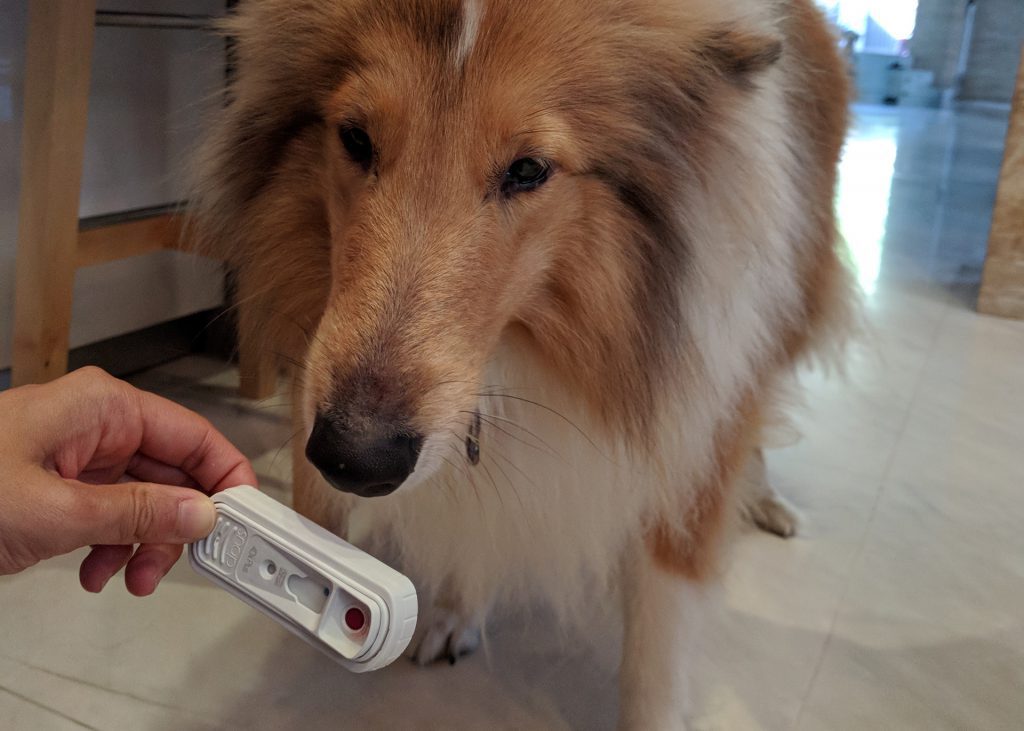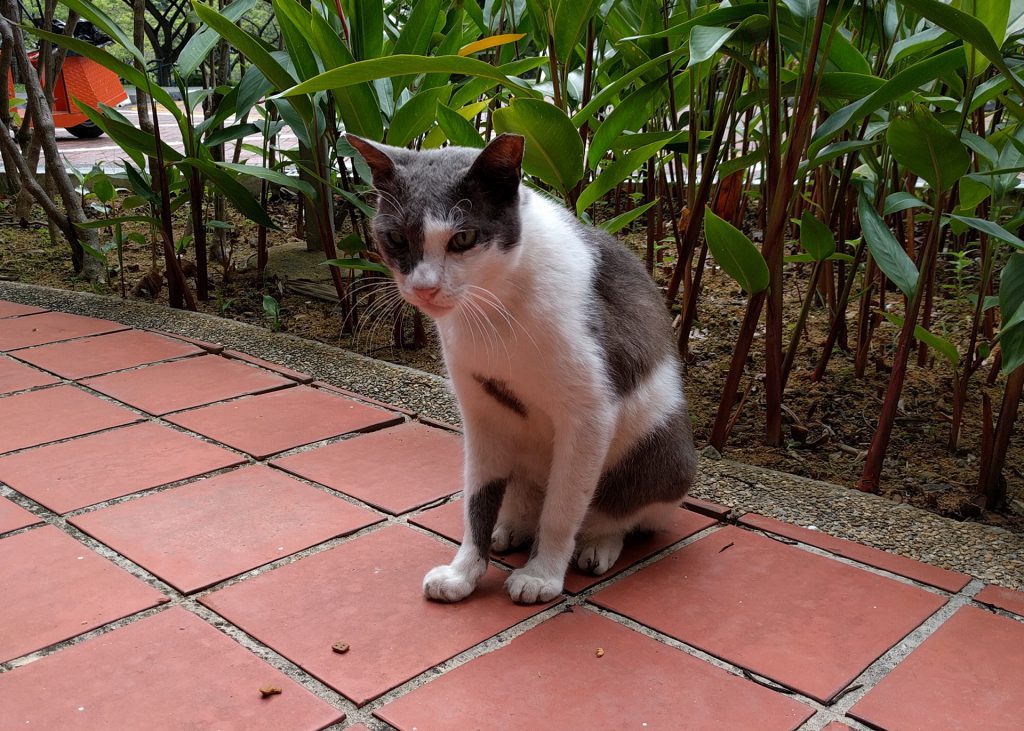Share Article:
Pet nutrition/food is at best confusing, and at worst anxiety-inducing.
It is no wonder that this topic can be so divisive and cause many arguments between the pets’ stakeholders: owners, vets, and industry professionals. The plethora of choices and accessible information out there induces guilt in all of us, which can be summed up in this thought: what if I’m not giving my pets the best? Hopefully this short article sheds some light on considerations you should keep in mind when making your choices.
In my opinion, there is no best food to feed. Not giving your pet a certain food doesn’t make you a bad owner. As long as you are feeding them a complete diet and they are thriving well, you are on the right track!
Raw diet
Raw diet is not for everyone. Yes, wild carnivores and omnivores eat raw meat. Humankind used to eat raw food before the discovery of fire. However, it is not necessarily better for them/us. For instance, captive wolves in the zoos/sanctuaries tend to live a longer lifespan than wolves in the wild. It could possibly be contributed by a better and more consistent source of diet (yes, wolves in zoos and sanctuaries may get a mix of raw meat and kibbles) or just the lack of predators. Also, studies have shown a difference in microflora between wolves and dogs. Dogs have evolved to digest carbohydrates better than their wild cousins.
I have met cats and dogs that enjoy and are doing well on raw diet. I have also met some that fell ill with raw food. Caregivers feeding raw usually have to read more about getting the right blend of meat/offals/bones to prevent nutritional deficiency. Commercial raw diets are usually balanced blends that could be given as they are.
Surface bacteria and contaminants could be more of a problem for raw feeding. Proper handling and processing of raw food is important to reduce contamination. Also, our pets could become accidental carriers of bacteria, like Salmonella. I would not recommend family with young kids or elderlies to feed raw diet to their pets. Based on principles of Traditional Chinese Medicine, raw feeding is “cold” and may not be suitable for patients with Yang deficiency or Stomach/Spleen conditions.
If you are feeding raw diet to your pet, I would advise deworming them every quarterly to prevent intestinal parasitism.
Home-prepared cooked diet
Home-prepared cooked diet could also be tricky. Your grandparents/parents may tell you stories of how they used to feed just table scraps to their animals and how they ended up OK. Yet, anecdotal recounts like this are usually hard to verify and most old folks fall prey to recall bias (don’t tell them I said this!) Table scraps are often not enough. Certain amino acids and calcium are often deficient. Short term feeding is definitely OK but it could be a problem over years.
Good news is there are many vet nutritionists (note: they should be veterinarians by training) offering their services online and you could ask them for assistance (with a fee of course!) Otherwise, http://www.balanceit.com has an online portal for you to create recipes and purchase the necessary supplement/s to create your own balanced diet for your pet/s.
Commercial diet
Commercial dry kibbles and wet food has been and is the food of choice for many. For a long time (and even now), pet owners have been told that this is the only food their pets should be getting to ensure optimal health. Most commercial food have been approved by AAFCO as a complete diet.
The AAFCO Dog and Cat Food Nutrient Profiles were designed to establish practical minimum and some maximum nutrient concentrations for dog and cat foods, formulated from commonly used, non-purified, complex ingredients.
AAFCO Methods for Substantiating, Nutritional Adequacy of Dog and Cat Foods
Commercial diets ensure that the basic nutritional needs of pets are met. However, the quality of ingredients differs between brands. Nowadays, owners may be more aware of food quality and the ingestion of less processed food for maximum health. There have also been a few incidents of production line contamination and that perhaps contributed to the drop in popularity.
In conclusion, there is no best diet. Commercial food may be more convenient for owners with busy lifestyle. Food could be left out longer and premium brands are using better quality ingredients and paying more attention to nutraceuticals. There are also pets with food preferences and it may not be easy to change them from one to another.
In an ideal world, I would feed my pets a variety of food and they would accept them with gusto (even meowing and barking for more!). I believe variety is key to health. Yet, the real world is not ideal. For instance, my cats are addicted to processed food and I do not have time to prepare food and coax them every meal till they accept my offerings. The best I could do is to buy them good quality commercial food (both dry and wet) and add on supplements as required. So far, I have tried adding natto, probiotics, nutritional yeast and seaweed (little victories!).
Do not be guilt-trip to feed your pets a particular diet. The only time you should feel guilty is if you are feeding them a nutritionally imbalanced one!
P.S. This is my personal opinion for pets with no pre-existing condition(s). Please consult your vet for more information.
You might be interested

